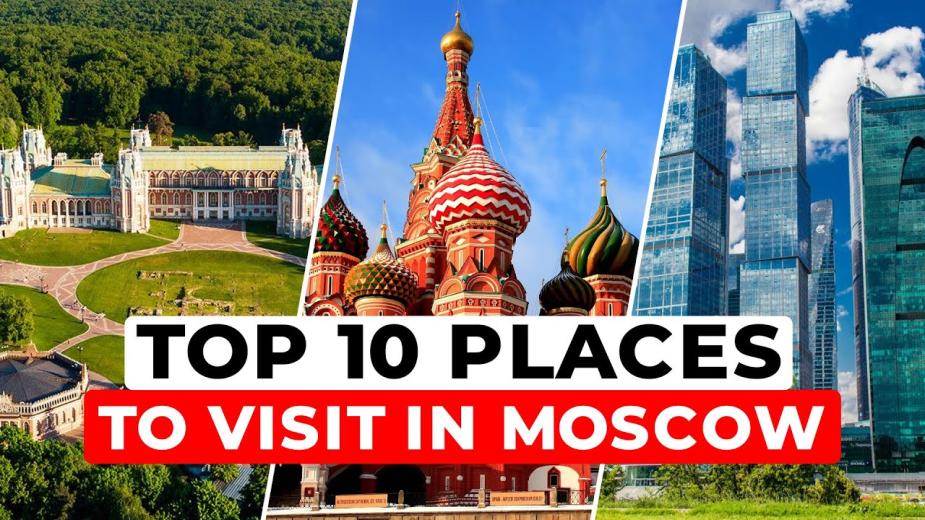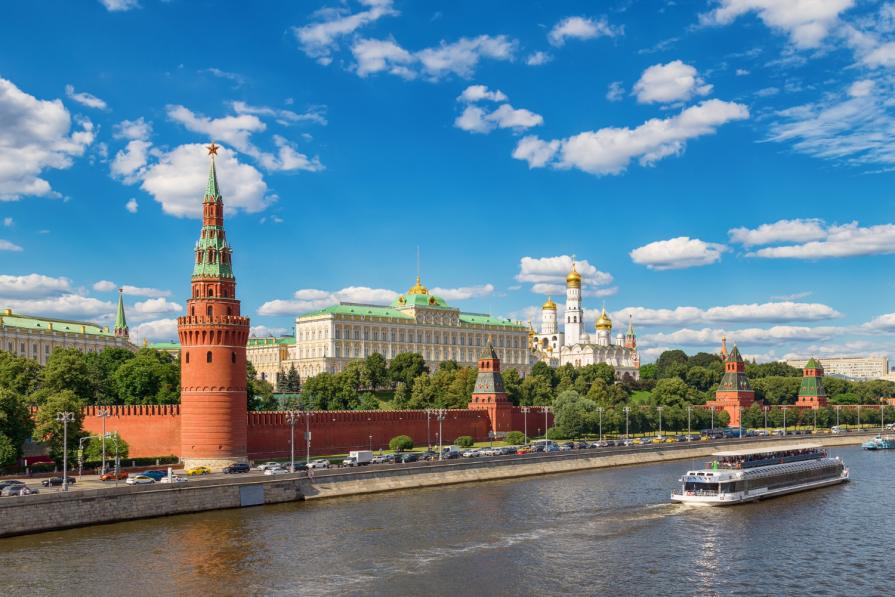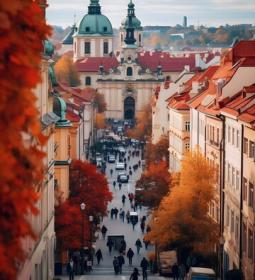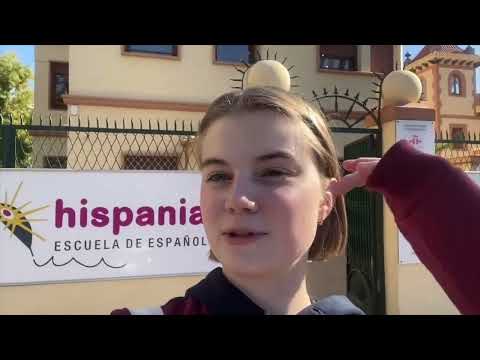In Russia, there are officially 22 vsamdelishnyh Kremlin – not to mention fakes like the vernissage fortress in Moscow next to the hotel "Izmailovo". Add to the list dozens of monasteries that performed from time to time serf purposes, as well as some destroyed - not so long ago, archaeologists managed to find the foundation of the old Ryazan fortress.
But the first place in seniority and fame is rightfully occupied by the Novgorod Detinets. It was built in the X century, and the first documented mentions are dated 1044.
The total area of land surrounded by the walls of the fortress is 12 hectares, and their total length is almost one and a half kilometers. In some places, you can climb the wall to explore the surroundings, but to make a full circle, alas, will not work - some areas of masonry are under restoration, and others are multi-level, and there is no through passage between them.

From the depths of centuries
Centuries ago, there was the center of political, socio-social and religious life of the Novgorod Republic, and before that - the principality. The Vecha was held, the elections of posadniks, metropolitans and princes, went to battle with the Teutonics and Swedes of the squad of Alexander Yaroslavich, nicknamed Nevsky for his victory. The walls of the Kremlin protected from threats from the outside the most important shrines for the life of the city - the Cathedral of St. Sophia and the house of the bishop of the Novgorod diocese. Immediately chronicles were kept, a binding workshop and a workshop of copyists of books worked.
In the library of the Kremlin there were several thousand books, which put it on a par with the royal book depositories in England, France and Moravia.
To observe the beauty and grandeur of the walls of the ancient stronghold is optimal if you climb the Volkhov from the side of Lake Ilmen. From the settlement, in relation to which the Kremlin began to be called the New City, you can see the brick-red towers and fortifications. Extraordinary and amazing at any time of the year and day, it seems to fly in the air over modern residential and administrative buildings.

Through the gates of the Kremlin passes the path that connected in the past the Sofia and Trade sides of the New City - the two main districts, whose representatives converged wall to wall, defending political views on the development of the Novgorod Republic. In the eastern opening you can see the Yaroslav's settlement and the monastery of Anthony, as well as the bell tower of the Yuryevsky Monastery.
The observation tower, which is named Kokuy, is 41 meters high. It was built in the XIII century, but received its name only after 600 years. From it you can see the city and the surrounding area for 15 kilometers.
The southern suburbs preserve a landscape untouched by centuries – like hundreds of years ago, the Volkhov pours out of Ilmen, and hundreds of islands confirm the rights of this land to the name Holmgard,an island country, as it was called by the Varangian princes.
Hagia Sophia was built in the middle of the XI century, it is strict and concise, demonstrating the power of the architecture of that era. The nearby belfry complements the ensemble (and there is also a museum of ancient bells in the open air).
But Detinets is remarkable not only for the walls - there are also a lot of interesting things inside.

- First, there is the famous St. Sophia Cathedral, built in 1045-1050 years. The building impresses with the severity and conciseness of the lines, like everything is so simple, but how powerful!
- And he has a fantastic belfry! Nearby there is a small exhibition of ancient bells.
- Special mention should also be made of the monument "Millennium of Russia" by the sculpture Mikeshin, installed a year after the abolition of serfdom in the Russian Empire. Among the figures depicted on the pedestal there is Anna Ioannovna and even Ivan V - but John the Terrible, who ruined Novgorod and half of the Russian kingdom, there was no place.










